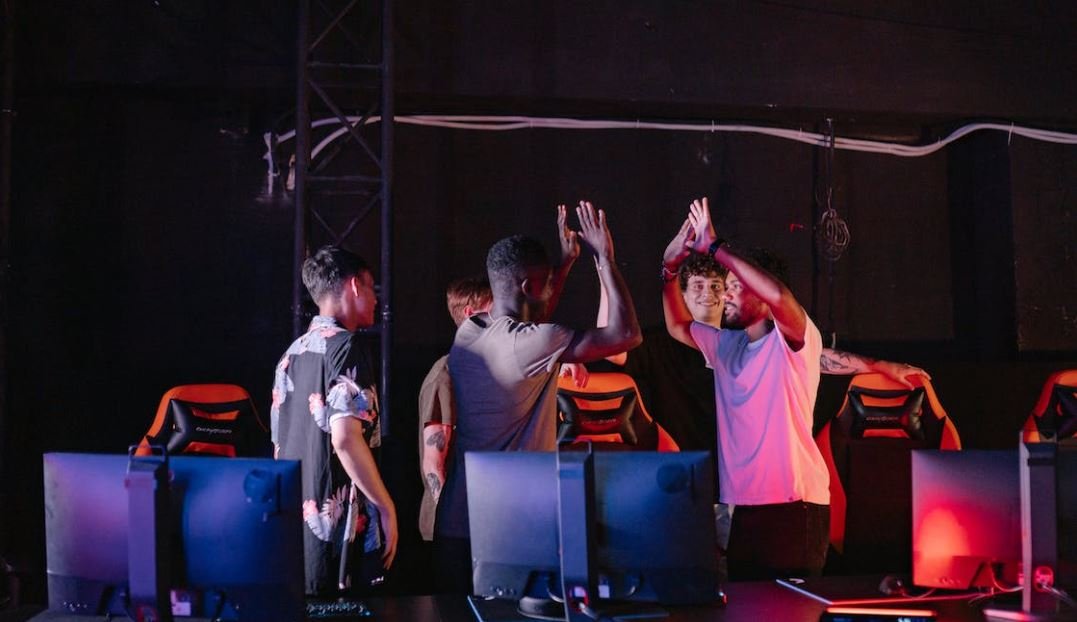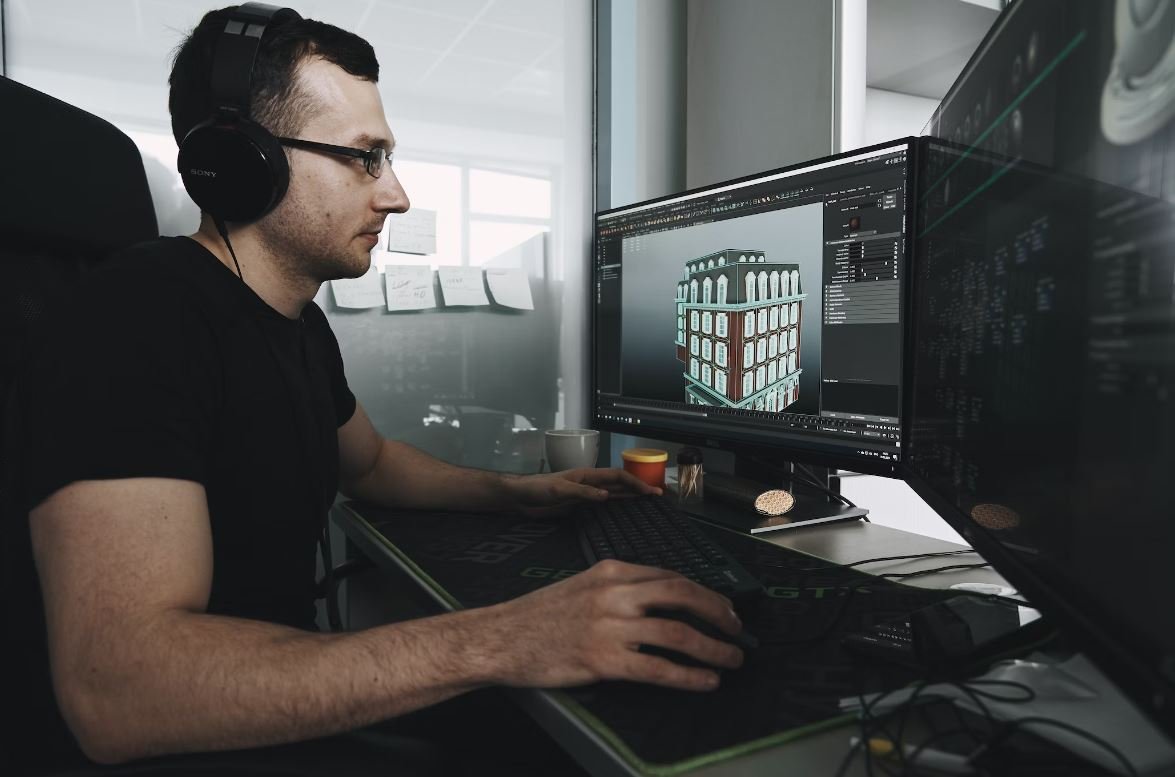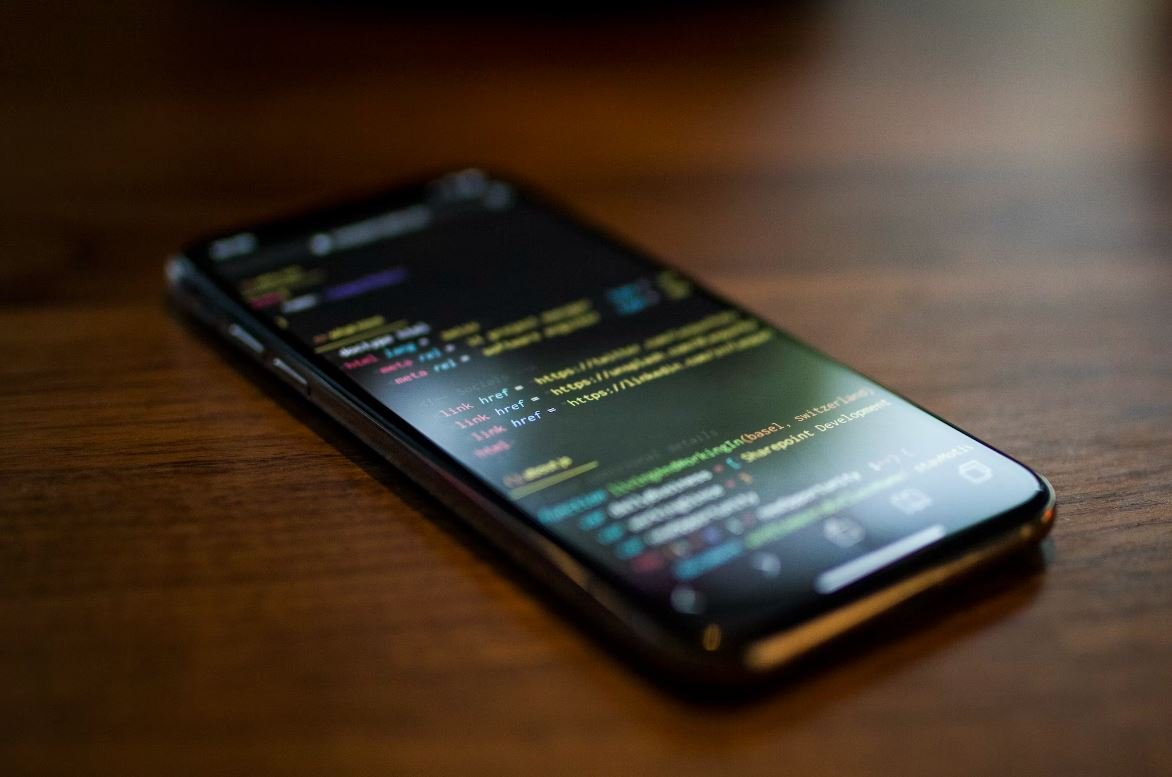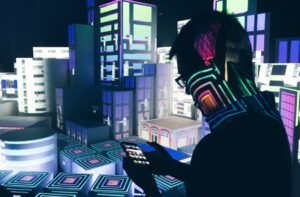AI Film Dubbing
Artificial Intelligence (AI) technology has made significant advancements in various industries, and the film industry is no exception. AI film dubbing, also known as automated or AI-powered dubbing, is emerging as a powerful tool that can revolutionize the way films and TV shows are localized for different languages and cultures. This technology uses deep learning algorithms and natural language processing to automatically synchronize the dubbed voices with the original video, providing a more efficient and cost-effective solution compared to traditional dubbing methods.
Key Takeaways:
- AI film dubbing utilizes AI technology to automatically synchronize dubbed voices with the original video.
- This technology offers a more efficient and cost-effective alternative to traditional dubbing methods.
- AI film dubbing can improve the accessibility of films and TV shows by making them available in multiple languages.
- It enables quicker release of content in international markets, reducing translation and production time.
- However, human voice actors are still essential for capturing nuances and emotions in the dubbed versions.
AI film dubbing brings numerous benefits to the film industry. By automating the dubbing process, it enables quicker release of content in international markets, reducing translation and production time. This technology also improves the accessibility of films and TV shows by making them available in multiple languages, expanding the reach of the content to a global audience. Furthermore, AI film dubbing offers a cost-effective solution, as it eliminates the need for extensive recording sessions and manual synchronization.
*AI film dubbing significantly reduces translation and production time while expanding the reach of content to a global audience.*
While AI film dubbing streamlines the localization process, it is essential to acknowledge the limitations of this technology. Although AI can synchronize the dubbed voices with the original video, it lacks the ability to capture the subtle nuances and emotions that professional voice actors bring to the performance. Human voice actors add depth and authenticity to the dubbed versions, ensuring a more immersive viewing experience for the audience. Therefore, the role of voice actors remains crucial, even with the advancements in AI film dubbing technology.
**Human voice actors play a vital role in providing depth and authenticity to the dubbed versions, improving the overall viewing experience.**
AI film dubbing operates through a complex process that involves deep learning algorithms and natural language processing. These technologies analyze the original video, generate the corresponding script in the target language, and then automatically synchronize the dubbed voices with the actors’ lip movements. The use of AI enables the system to learn from extensive amounts of audio and visual data, improving its accuracy over time. With further advancements, AI film dubbing has the potential to become an indistinguishable alternative to traditional dubbing methods.
Interesting Data Points
| Year | Number of Films Dubbed |
|---|---|
| 2015 | 548 |
| 2016 | 612 |
| 2017 | 689 |
Table 1: The increasing number of films dubbed each year reflects the growing demand for multilingual content in the film industry.
AI film dubbing technology has demonstrated remarkable progress, but it is important to note that it is not a replacement for traditional dubbing entirely. The human touch provided by professional actors is still vital to create engaging and emotionally impactful dubbed versions. However, AI film dubbing can significantly streamline the localization process by automating certain aspects, enabling content creators to reach wider international markets efficiently.
Conclusion
AI film dubbing offers a promising solution to streamline the localization process in the film industry. By utilizing AI technology, films and TV shows can be efficiently dubbed into multiple languages, reducing translation and production time while expanding their accessibility to a global audience. However, human voice actors remain essential for capturing nuanced performances and adding authenticity to the dubbing process. As AI technology progresses, its integration with traditional dubbing methods can further enhance the efficiency and effectiveness of film localization.

Common Misconceptions
AI Film Dubbing
There are several common misconceptions people have around AI film dubbing. Let’s take a look at three of them:
Misconception 1: AI film dubbing will replace human voice actors
Many people believe that AI film dubbing technology will completely replace human voice actors. However, this is not the case. While AI can be used to assist in the dubbing process and make it more efficient, human voice actors are still needed to bring the characters to life. AI cannot fully capture the nuances and emotions that human actors can convey.
- AI film dubbing helps streamline the dubbing process, making it faster and more efficient.
- Human voice actors add authenticity and depth to the characters that AI alone cannot achieve.
- Collaboration between AI and human voice actors can lead to improved dubbing results.
Misconception 2: AI film dubbing is always perfect and flawless
Another misconception about AI film dubbing is that it always produces perfect and flawless results. While AI technology has advanced significantly, it is not without its limitations. There are still instances where the dubbing may not sync perfectly with the original dialogue, or the voice may not match the character’s traits and personality.
- AI film dubbing can sometimes have technical glitches that affect the overall quality.
- The accuracy of AI dubbing heavily relies on the quality of the input data.
- Human supervision is essential to ensure the final dubbing output meets the desired standards.
Misconception 3: AI film dubbing will lead to unemployment in the industry
Some fear that AI film dubbing will result in unemployment for voice actors and other professionals in the industry. However, this is an unfounded fear. While AI can automate certain aspects of the dubbing process, it cannot fully replace the talent and creativity of human professionals. The role of voice actors and other industry experts may evolve, but their skills will still be in demand.
- AI film dubbing can create new opportunities for voice actors to collaborate with AI technology.
- There will always be a need for human talents to add a personal touch to the dubbing process.
- AI film dubbing can potentially lead to the creation of new job roles within the industry.

AI Film Dubbing: Transforming the Film Industry
Advancements in artificial intelligence (AI) technology are revolutionizing various industries, including the film industry. AI-powered film dubbing has emerged as a groundbreaking solution, enabling seamless translation of movies into different languages. This article explores ten different aspects of AI film dubbing, showcasing the impact and potential of this technology.
The Rise of AI Film Dubbing
With the global expansion of movies, the need for accurate and efficient dubbing has become crucial. AI film dubbing utilizes machine learning algorithms to analyze videos, synchronize lip movements, and produce high-quality dubbed versions in multiple languages.
Improved Translation Accuracy
The use of AI in film dubbing increases translation accuracy by reducing human errors. AI algorithms are trained on vast language databases, allowing them to accurately capture the nuances and idioms of different languages, resulting in a more immersive viewing experience.
Accelerated Dubbing Process
Traditionally, dubbing films was a time-consuming process. With AI film dubbing, the process is accelerated significantly. The algorithms automatically match lip movements to dialogues, enabling faster production and release of dubbed films.
Seamless Lip-Syncing
One of the challenges of film dubbing is ensuring lip movements perfectly match the dubbed dialogues. AI film dubbing not only synchronizes lip movements with the audio but also takes into account the emotions portrayed by the actors, ensuring a natural and seamless lip-syncing experience.
Preserving Original Voice-Acting
AI film dubbing can retain the voice acting of the original actors for a more authentic experience. By using deep learning algorithms, AI can replicate the voice characteristics and intonations of actors, making it seem as if they are speaking the foreign language.
Localization for Global Audiences
AI film dubbing allows filmmakers to cater to global audiences by dubbing movies into various languages. This localization process helps eliminate language barriers, ensuring that audiences worldwide can enjoy the film in their native tongue.
Enhanced Cultural Understanding
AI film dubbing plays a critical role in promoting cultural exchange and understanding. By translating films accurately and preserving cultural nuances, audiences from different backgrounds can gain insights into diverse cultures, fostering global acceptance and empathy.
Cost-Effective Dubbing Solution
Traditional film dubbing often involves hiring and coordinating multiple voice actors, which can be costly. AI film dubbing provides a more cost-effective alternative, reducing the need for extensive human resources while maintaining high-quality dubbing.
Future Possibilities of AI Film Dubbing
The potential of AI film dubbing extends beyond its current capabilities. The technology has the potential to enhance real-time live dubbing, enable personalized dubbing experiences, and even transcend language barriers through instant translation. The future of AI film dubbing holds immense possibilities.
Impact on the Film Industry
AI film dubbing is reshaping the film industry, offering filmmakers new avenues for global reach while preserving cultural authenticity. With its ability to reduce costs, improve translation accuracy, and accelerate the dubbing process, AI film dubbing is poised to revolutionize how movies are localized and enjoyed worldwide.
Frequently Asked Questions
How does AI Film Dubbing work?
What is AI film dubbing?
AI film dubbing is a technology that uses artificial intelligence algorithms to automatically synchronize and replace the original spoken language in a film with a different language, allowing viewers to enjoy the movie in their native tongue.
What are the benefits of using AI film dubbing?
How can AI film dubbing benefit the film industry?
AI film dubbing can greatly benefit the film industry by enabling movies to reach a wider international audience. It eliminates the need for manual dubbing, making the process faster and more cost-effective.
Can AI film dubbing replace human voice actors?
Will AI film dubbing replace human voice actors entirely?
While AI film dubbing technology is advancing rapidly, it is unlikely to completely replace human voice actors. Human voice actors bring unique emotions and nuances to the characters, which AI may struggle to replicate convincingly.
How accurate is AI film dubbing?
How accurate is AI film dubbing in terms of lip-syncing and voice quality?
AI film dubbing has made significant advancements in lip-syncing and voice quality accuracy. The algorithms analyze the actors’ facial movements and speech patterns to produce highly accurate dubbing results, but there can still be occasional flaws in certain situations.
What languages are supported by AI film dubbing?
Which languages are currently supported by AI film dubbing technology?
The supported languages vary depending on the AI film dubbing software and platform. Commonly supported languages include English, Spanish, French, German, Mandarin, Japanese, and other widely spoken languages.
Can AI film dubbing be used for older films and TV shows?
Can AI film dubbing technology be applied to older movies and television shows?
Yes, AI film dubbing can be used for older films and TV shows. The technology can analyze the original content and automatically generate the dubbing for various languages, allowing the classics to be enjoyed by a broader audience.
Is AI film dubbing limited to just movies?
Can AI film dubbing technology be applied to other audiovisual content besides movies?
AI film dubbing technology can also be applied to TV shows, documentaries, web series, and other forms of audiovisual content. It has the potential to enhance the accessibility and reach of various types of entertainment.
What are the limitations of AI film dubbing?
Are there any limitations or challenges associated with AI film dubbing?
AI film dubbing may face challenges in accurately capturing certain regional accents, cultural nuances, or intricate voice modulation. Additionally, complex language structures and local expressions can still pose difficulties for AI algorithms.
How can I access films that have been AI dubbed?
Where can I watch films that have been AI dubbed?
Films that have been AI dubbed can be accessed through online streaming platforms, video-on-demand services, or physical media releases. They may be available in various languages depending on the distribution channels.
Is AI film dubbing a widely used technology?
Is AI film dubbing technology widely adopted by the film industry?
AI film dubbing is still relatively new, but its adoption in the film industry is steadily increasing. More production companies are recognizing the advantages of AI dubbing and incorporating it into their localization strategies.




